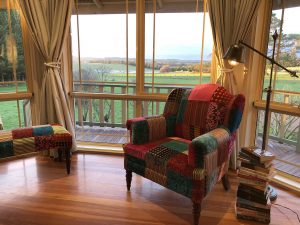Sri Lanka is a small country where human and Asian elephant populations try to co-exist. With so many people (about 20 million) and disappearing natural habitat, the Asian elephant population of approximately 4,000 is struggling to survive.
As reported by the Elemotion Foundation, a non-profit organisation working to improve the lives of Asian elephants, up to 200 elephants die in Sri Lanka each year as well as about 60 people; the result of human elephant conflict (or HEC). HEC includes the pressures of increased urbanisation, hunting and poaching; major contributors to these deaths. Urbanisation has resulted in the increased clearing of land, which drastically decreases land for elephants to inhabit and feed. Wild elephants are then pushed into more urban spaces and farming lands in search of food. Food production results in food waste, so elephants are at greater risk of foraging through rubbish tips and ingesting plastic. Once wild elephants become accustomed to entering urbanised areas, they become more docile, more confident and more adventurous when seeking food. The barrier between wild and tame becomes increasingly blurred; a danger to both elephants and humans.

Asian elephants are now on the endangered list which means that humans are mostly to blame here. However, humans also have the power to reverse this and protect this unique population in Sri Lanka. There has never been a more important time for travellers to sought responsible tourism practices, especially when animals are concerned. Sadly, elephants are not immune to greedy and cruel animal practices such as elephant rides, being enclosed in zoos and used in religious ceremonies.
Not long after arriving home in Australia, I learned about the news that two elephants used in the Buddhist practice known as the ‘procession of the Sacred Tooth Relic’ stampeded. Elephants are dressed in costume and lights while paraded in the procession. During this particular procession, both elephants became distressed and stampeded, injuring 17 people. It is not known what physical injuries were sustained by the elephants during the stampede. Though, these elephants would’ve spent years in captivity and trained to the brink of submission so they can be paraded in these traditional processions. The physical, emotional and psychological damage would be overwhelming and life-threatening. This, mixed with large crowd numbers would’ve triggered these stressed beings to the point of a stampede.
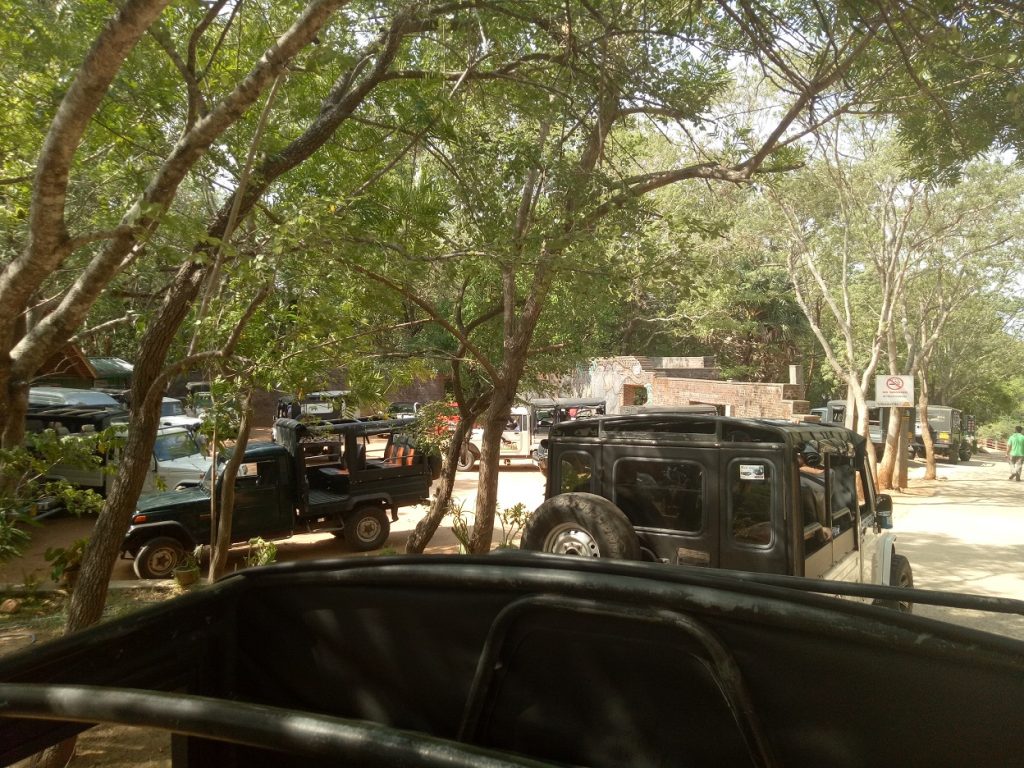
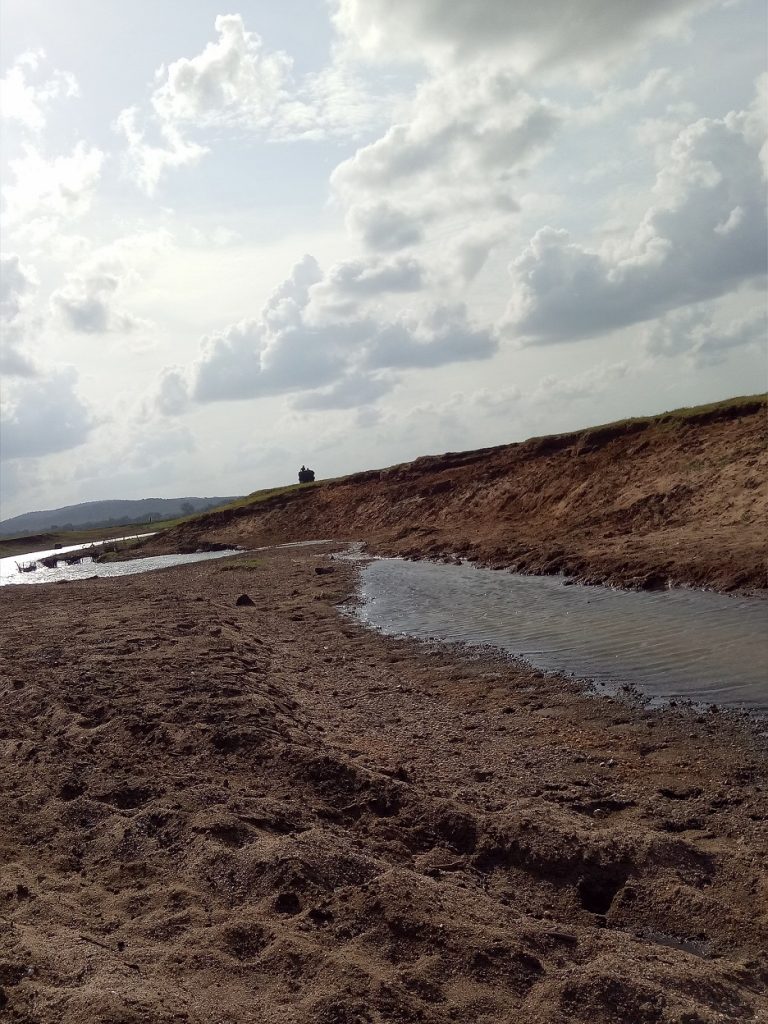
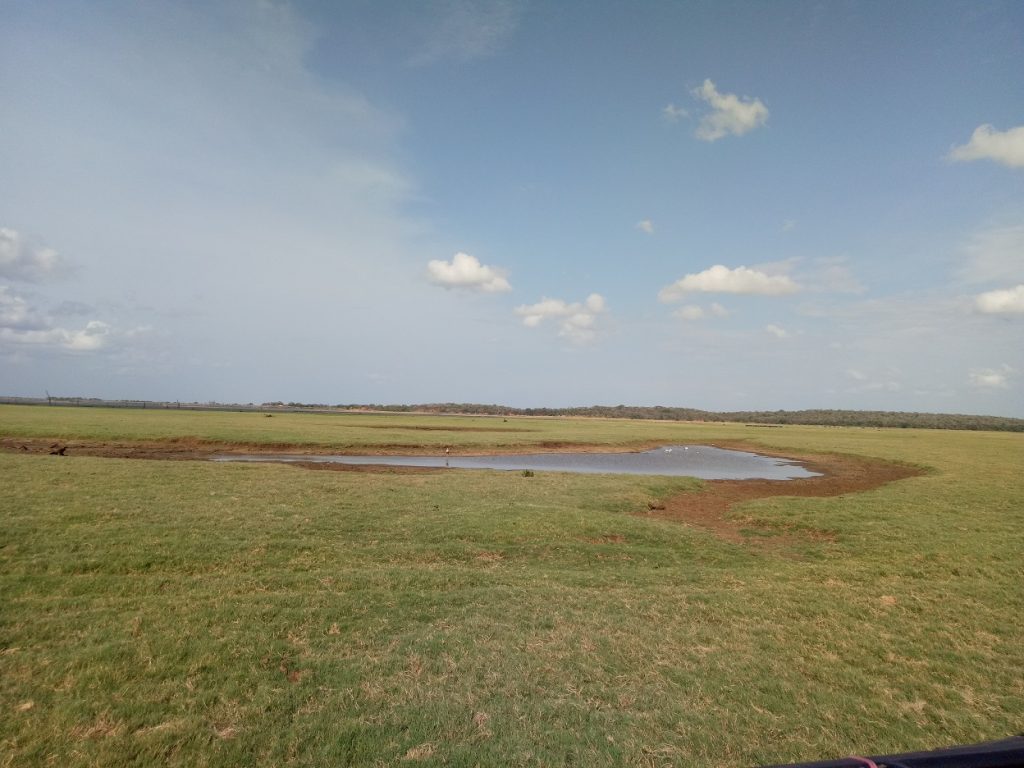
A trip to Kaudulla National Park in Kayankerni is a special opportunity when travellers can learn more about Sri Lanka’s Asian elephant population and how the park work towards sustaining natural – and safe – habitat in which Asian elephant populations can live and thrive. A population of between 250 and 300 elephants call this area home; sprawling grass fields spanning almost 70 square kilometres.
Kaudulla National Park provides jeep rides through the park, so that travellers can view these gentle giants in their natural habitat from a safe distance for both humans and elephants. Natural behaviours including feeding, bonding, herding, nursing, playing and bathing can be viewed. Travellers are not permitted to leave the jeeps, for the safety of humans and elephants.
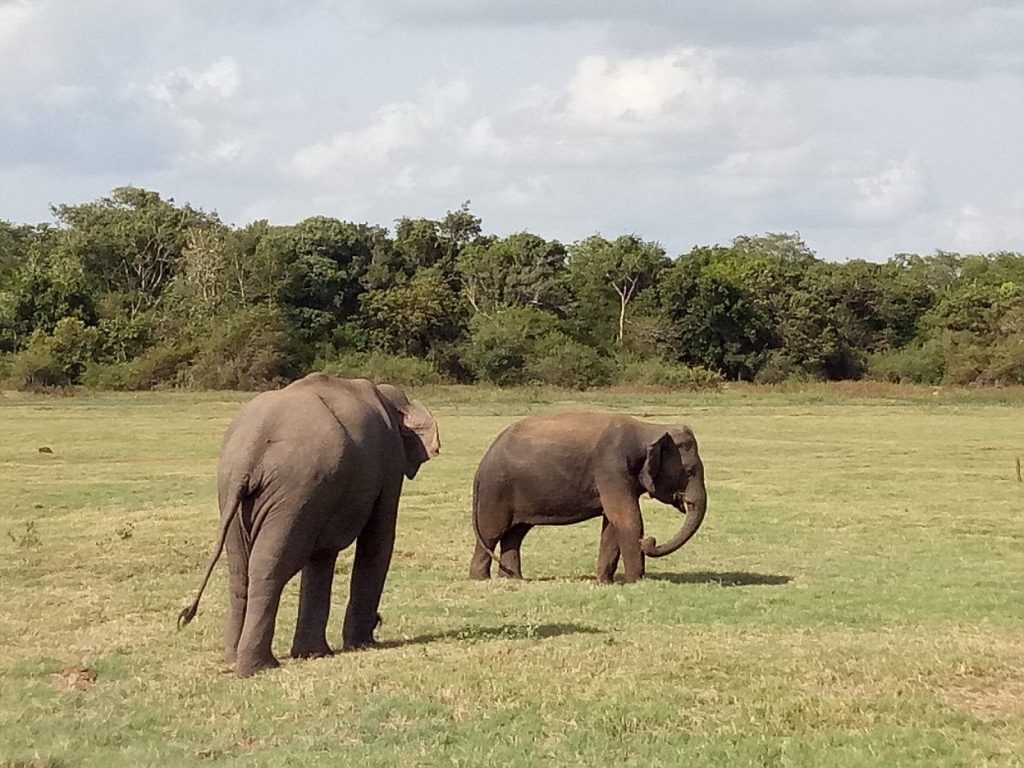
Still, travellers can get a true sense of the scale of threats that elephants face, when these crucial facts are taken into consideration:
- Asian elephants stand between 2 and 3 metres high
- Asian elephants rely on vegetation including a high level of grasses for food
- Not all Asian elephants possess tusks
- Asian elephants spend between 18 and 20 hours of feeding alone!
- Pregnancies last 22 months and babies are nursed for up to three years
- Family groups comprise up to eight adults in addition to their young
- An Asian elephant’s life spans 25 to 40 years
- Only 25,600 to 32,700 Asian elephants exist in their collective habitats across India, Sri Lanka and South-East Asia
Just by witnessing these Asian elephants in the wild is simply breathtaking, and it’s unfathomable that humans can even contemplate harming them through poaching for the sake of making money. Urbanisation is also a threat, and this is another issue that Sri Lanka faces. Does a country inhibit its progress and put a cap on the increase of urbanisation for the survival of their endangered Asian elephants? It seems the survival of Asian elephants is a multi-faceted issue and one that Sri Lanka is attempting to tackle.
The all-vegan tour company VegVoyages travels to Kayankerni as part of its Sri Lanka 14-day Finding Serendipity on the Island of Serendip tour. VegVoyages’ 2020 Sri Lanka tour is scheduled for August 23 to September 5.
The tour costs US$2,795 per person twin share and covers all accommodation, meals, activities, transport and guides. Single supplement is also available. The tour starts and ends in Colombo. For all tour dates and pricing, visit the VegVoyages website.
Disclaimer
Justine de Jonge travelled with VegVoyages in August/September 2019. All flights, tour fees, activities and tips were paid for in full by Justine de Jonge. All views expressed in this blog post are her own and did not receive any remuneration in exchange for this blog post.



